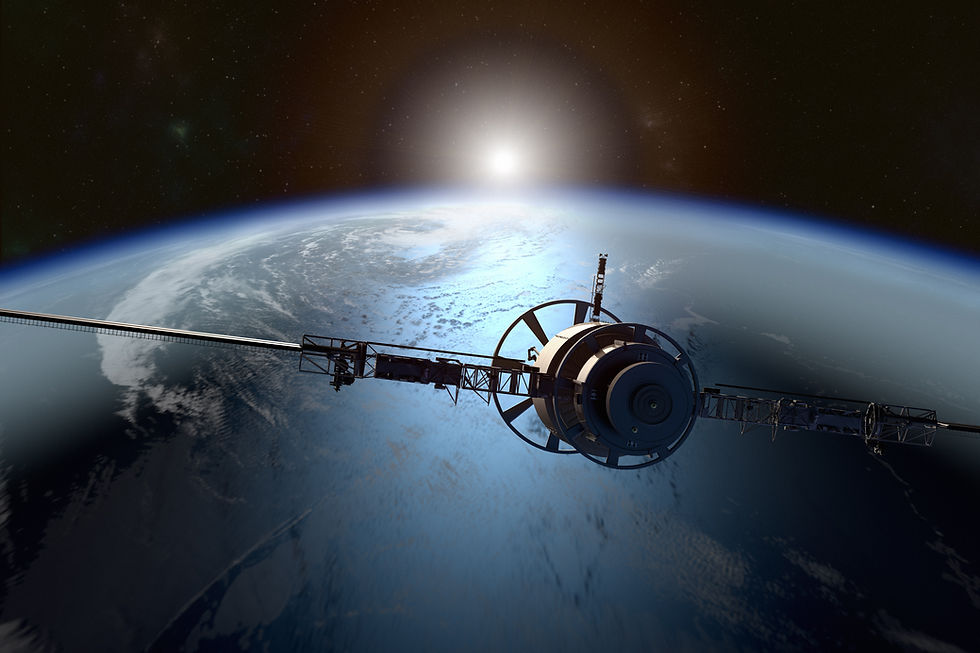Smallsats are gathering attention. What are they?
- Teenspire Global

- Apr 9, 2021
- 2 min read

What are small satellites?
Well, we are a point in time where we like things handy. The smaller the better, isn’t it? Well, you’re right, infact experts go as far as saying that small satellites will be the heart of the space industry. Small spacecrafts or smallsats as they’re commonly referred to weigh not more than 500 kgs.
The small satellite classification (per kg) in the space community is as follows:
Minisatellite: 150–500 kg
Microsatellite: 10–150 kg
Nanosatellite: 1–10 kg
Picosatellite: 0.01–1 kg
Femtosatellite: 0.001–0.01 kg
A study by SpaceWorks’ estimates up to 2600 nano/microsatellites will require launch over the next 5 years. Smallsats are generally built with the intention of avoiding large construction and launch vehicle costs. Small satellites in large numbers are far more effective in gathering of scientific data and radio relay versus larger and fewer satellites.
The emergence of smallsats in areas such as cubesats, micropropulsion, long distance communications etc has led to the creation of broadband internet, communications and earth observations. One of the other intentions of smallsats is to provide global connectivity from one system or connecting devices and vehicles, for the Internet of Things, Machine to Machine, and traffic monitoring.
MarCo- MarCO by NASA, short for Mars Cube One, was the first interplanetary mission to use a class of mini-spacecraft called CubeSats. The MarCOs served as communications relays during InSight's November 2018 Mars landing, beaming back data at each stage of its descent to the Martian surface in near-real time.
Why does everyone have their eyes on smallsats?
With the emergence of microelectronics, automated manufacturing, sensors and batteries has significantly reduced the cost of manufacture. Smaller and lighter satellites are also cheap and easy to launch.
Use of COTS (Commercial Off-the-Shelf) components for Low Earth Orbit (LEO) small satellite missions has also lowered space mission costs and also has created large availability of components and sensors which can be used for space instruments, subsystems and platforms.
With the space industry opening up to the private sector and individual entrepreneurs, has increased small satellite subsystem, sensor and platform quantities.
All of these above have led to the creation of new space missions, missions which were previously impossible or missions which were too expensive to achieve in the past.
A lot of small satellites are currently being developed by various space agencies across the world, we’ll have to wait and see what unfolds and how it can be a game changer for the space industry.
.jpg)






Comments